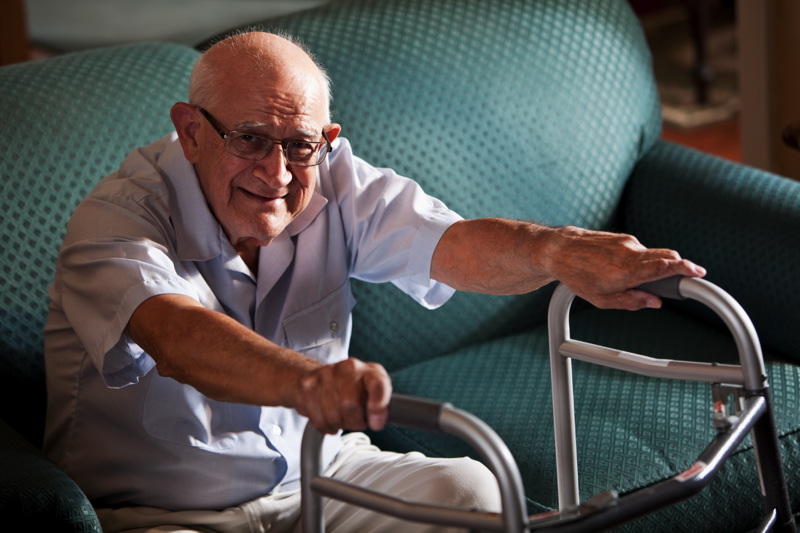Doors closed for disabled people
Unsuitable homes for the disabled are 'hidden housing crisis'. Rachel Roberts reports
Many disabled people face daily difficulties using their own bathrooms, kitchens and even getting into their own front door due to unsuitable facilities, according to the charity Leonard Cheshire Disability.
In the UK, 11 per cent of adults are classed as having a mobility problem, which means they would benefit from a disabled-friendly home. However many people are being left to struggle with inappropriate housing, according to the charity’s new report, The Hidden Housing Crisis.
Thousands of elderly and disabled people are unable to live comfortably, says the charity, and 72 per cent of those with mobility problems say that their front doors are inaccessible due to steps or the absence of a ramp.
Sue Friar, a wheelchair user who has been living in a two-storey house for the last eight years, said: “My life has become impossible. I have been unable to go upstairs for two years and have to be washed in the kitchen sink.
“If people come to visit they have to leave the house when I use the toilet, as it has no door on so I can get my wheelchair in. I have been told I will have to wait years to get a disabled-friendly home.”
The report highlights a lack of action being taken to build these homes. People like Friar have been told they are “not disabled enough” or old enough to be given priority for an adapted home, underlining the shortage of suitable accommodation.
Many of those who do have disabled-friendly homes are facing other problems.
Phillip Barton, a planning consultant from Birkenhead, lives in an adapted home but the shortage of similar homes nationwide has forced him to turn down two job offers in the last two years.
“I live in a wonderful wheelchair-accessible property but I am trapped there because I simply cannot find accommodation as good anywhere else,” he said. “This prevents me from taking job opportunities and keeps me isolated from my family.
“Working from home is the only practical way for me to be employed. Making changes to the fabric of existing houses or flats is financially impossible if I’m not in work but I need a certain standard of accommodation in order to work – I’m in a catch 22 situation.”
Leonard Cheshire Disability has launched a new campaign, Home Truths, calling for more disabled-friendly homes. The campaign aims for all new homes to be built with a small number of special features such as flat entrances, wider doors and stronger walls so that they can easily be adapted if the residents needs change.
The charity says this only costs an extra £500-£1,000 per average home and is a small cost compared with the expense of adaptations, hospital visits and extra care.
Wheelchair-accessible homes are slightly more expensive to build but the charity wants 10 per cent of new homes to be built this way to enable more disabled people to live comfortable and independent lives.
Clare Pelham, chief executive of Leonard Cheshire Disability, said: “It is truly shocking that in 2014 disabled people are living in conditions reminiscent of the Victorian era. A strip wash at a kitchen sink is something that belongs in a period drama, not Britain today.
“This is a hidden housing crisis, which we must tackle head on.”

Leave a reply
Your email address will not be published.